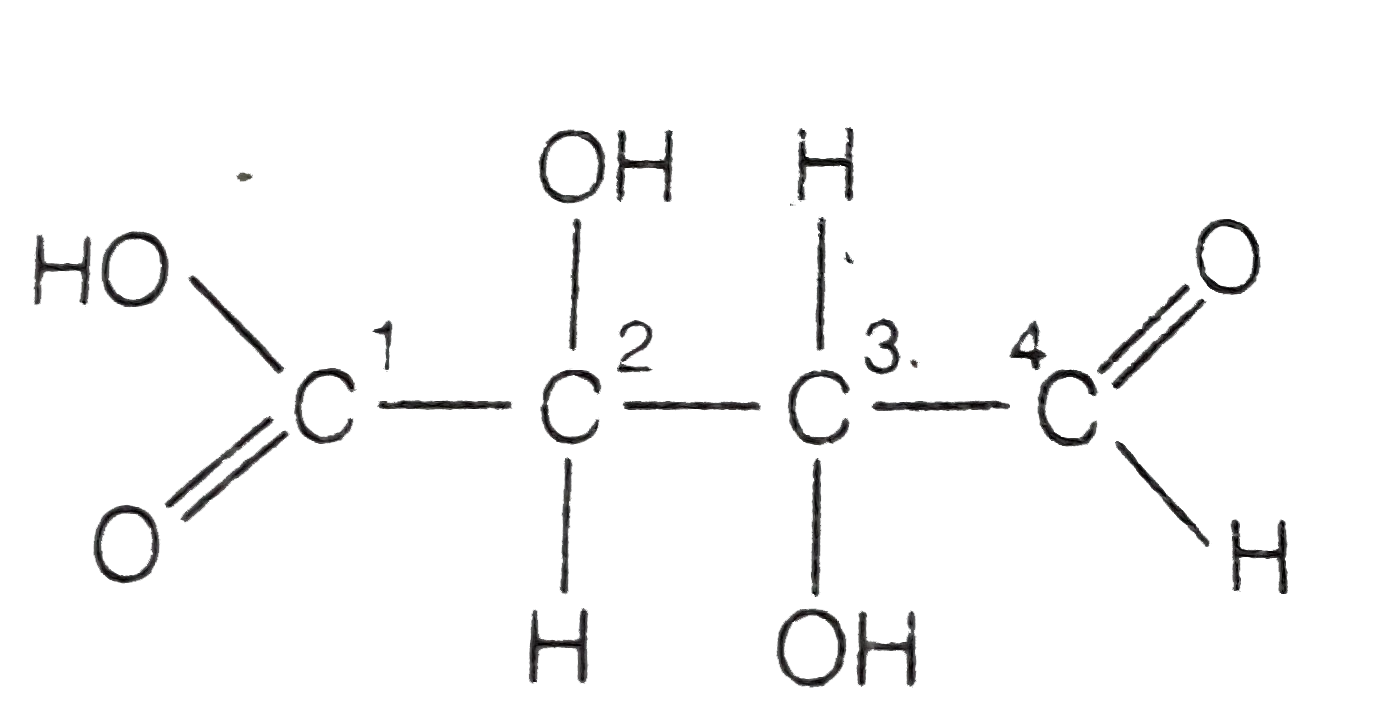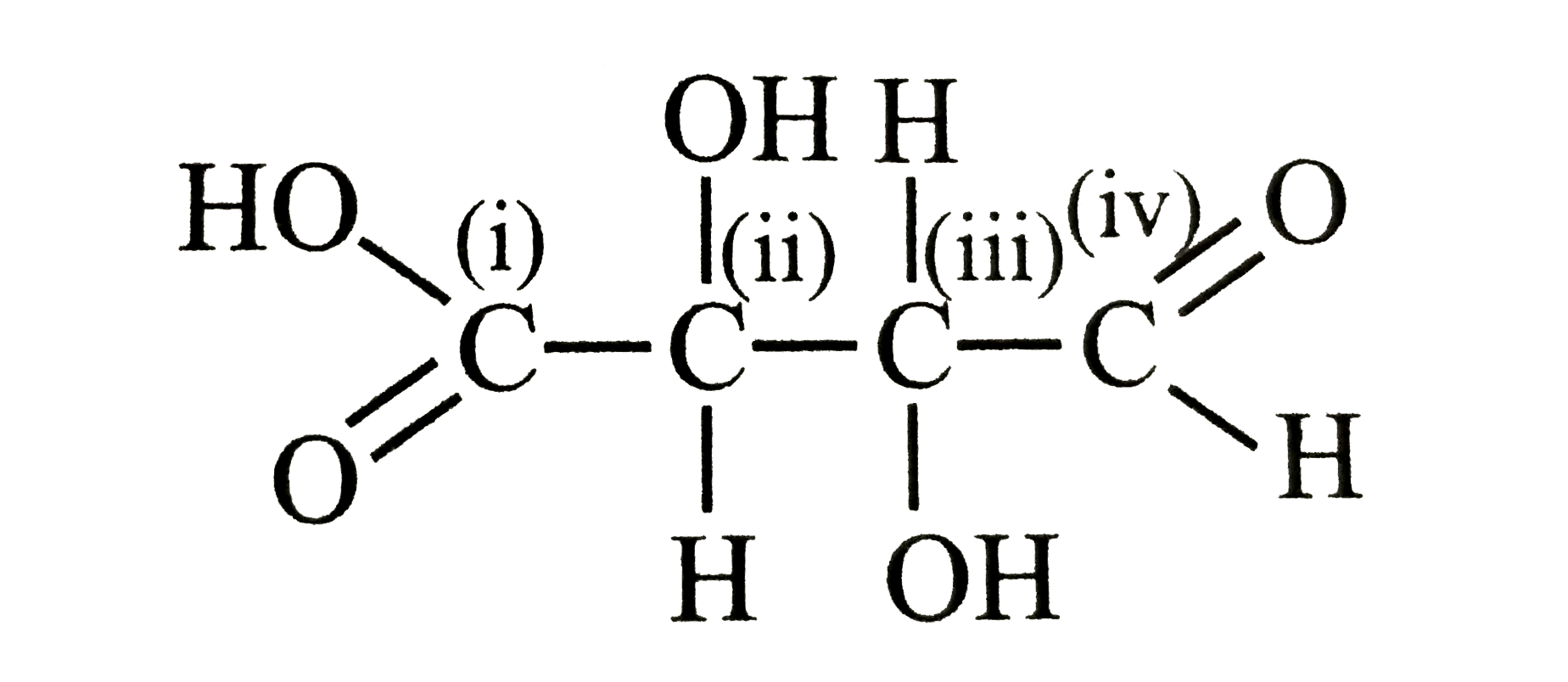Which of the carbonates given below is unstable in air and is kept in CO2 atmosphere to avoid decomposition?
BeCO3
MgCO3
CaCO3
BaCO3
The correct Answer is:A
To solve the question regarding which carbonate is unstable in air and is kept in a CO₂ atmosphere to avoid decomposition, we can follow these steps:
1. Identify the Carbonates: The question mentions several carbonates, but we need to focus on their stability in air. The carbonates typically considered in this context are those of alkaline earth metals, particularly Beryllium, Magnesium, Calcium, Strontium, and Barium.
2. Understand Beryllium Carbonate: Beryllium carbonate (BeCO₃) is known to be unstable. It decomposes easily when exposed to air, breaking down into beryllium oxide (BeO) and carbon dioxide (CO₂).
3. Decomposition Reaction: The decomposition reaction for beryllium carbonate can be written as:
BeCO3→BeO+CO2
This indicates that beryllium carbonate breaks down into more stable products (beryllium oxide and carbon dioxide).
4. Role of Carbon Dioxide Atmosphere: When beryllium carbonate is kept in an atmosphere rich in carbon dioxide, the reaction can shift back to the left due to Le Chatelier's principle. This means that the presence of CO₂ helps to prevent the decomposition of beryllium carbonate, allowing it to remain stable.
5. Conclusion: Therefore, the carbonate that is unstable in air and is kept in a CO₂ atmosphere to avoid decomposition is Beryllium Carbonate (BeCO₃).
Final Answer:
The correct answer is Beryllium Carbonate (BeCO₃).
BeCO3→BeO+CO2
This indicates that beryllium carbonate breaks down into more stable products (beryllium oxide and carbon dioxide).
The correct answer is Beryllium Carbonate (BeCO₃).
Topper's Solved these Questions
- THE S-BLOCK ELEMENTS Book:NCERT EXEMPLAR ENGLISHChapter:THE S-BLOCK ELEMENTS Exercise:Short Answer Type Questions
Explore 11 Videos
- THE S-BLOCK ELEMENTS Book:NCERT EXEMPLAR ENGLISHChapter:THE S-BLOCK ELEMENTS Exercise:Matching The Columns
Explore 3 Videos
- THE P-BLOCK ELEMENTSBook:NCERT EXEMPLAR ENGLISHChapter:THE P-BLOCK ELEMENTSExercise:Long Answer
Explore 9 Videos
- THERMODYNAMICSBook:NCERT EXEMPLAR ENGLISHChapter:THERMODYNAMICSExercise:Multiple choice questions
Explore 62 Videos
Similar Questions
Which alkali metal carbonate is thermally unstable and why?
View SolutionWhich of the following carbonate is thermally most unstable?
View SolutionWhich of the given ion below is isoelectronic with CO2 ?
View SolutionWhich of the carbon atoms present in the molecule given below are asymmetric ?

View SolutionWhich of the following acids (given below) react with NaHCO3 and liberate CO2(g) ?

View SolutionWhich of the carbon atoms present in the molecule given below are asymmetric?

View SolutionBond energies can be obtained by using the following relation: ΔH(reaction)=∑Bond energy of bonds, broken in the reactants −∑ Bond energy fo bonds, formed in the products
Bond enegry depends on three factors:
a. Greater is the bond length, lesser is the bond enegry.
b. Bond energy increases with the bond multiplicity.
c. Bond enegry increases with electronegativity difference between the bonding atoms.
In CH4 molecule, which of the following statement is correct about the C−H bond enegry?
View SolutionWhich of the following carbonates does not evolve CO2 on heating?
View SolutionWhich of the following process does not increase the amount of CO2 in atmosphere?
View SolutionAn increase in CO2 concentration in atmosphere will result in:
View Solution